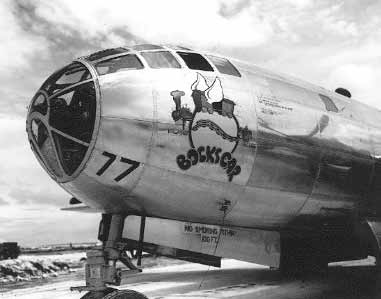I am posting these images with the kind permission from Dean Putney.
 |
 |
Dean Putney, a software developer at boing boing, is currently busy scanning in and publishing pictures from a family heirloom – a photo album with a huge number of photographs from World War I. They were taken by his great-grandfather Walter Koessler, who served as an officer in the German army during the war. Koessler later emigrated to the United States, where he worked as an art director at movie studios, even though he was trained as an architect.
The images are posted at his Tumblr blog, Walter Koessler project. A selection also has been posted at boing boing.
While there are a great many images from WW I, these are quite unique. As he writes at his blog:
1 Walter was German, and he was an independent photographer. Most surviving photos from the war are from the Allies, and they tend to be propaganda or journalistic. Walter’s photos are very personal.
…
Photography was going through big changes at the time, and Walter was a major early adopter. Film cameras were fairly new, and he took his in the trenches and everywhere else. WWI saw the first major use of airplanes in war, and Walter took aerial reconnaissance photos from biplanes and hot air balloons.
He has a project at Kickstarter to publish the images in high quality form, and most importantly, as a coherent collection.
If you want to contribute, pledges start at a $1 minimum.
